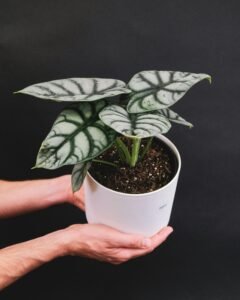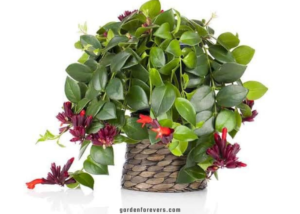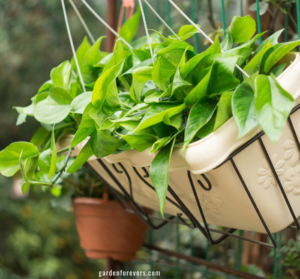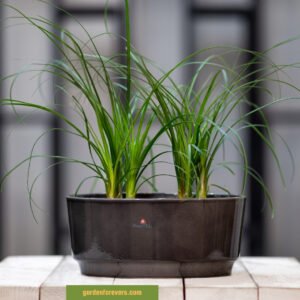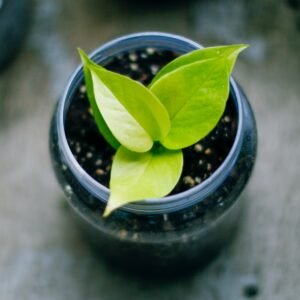A Gardener's Guide: How To Grow And Care Garlic
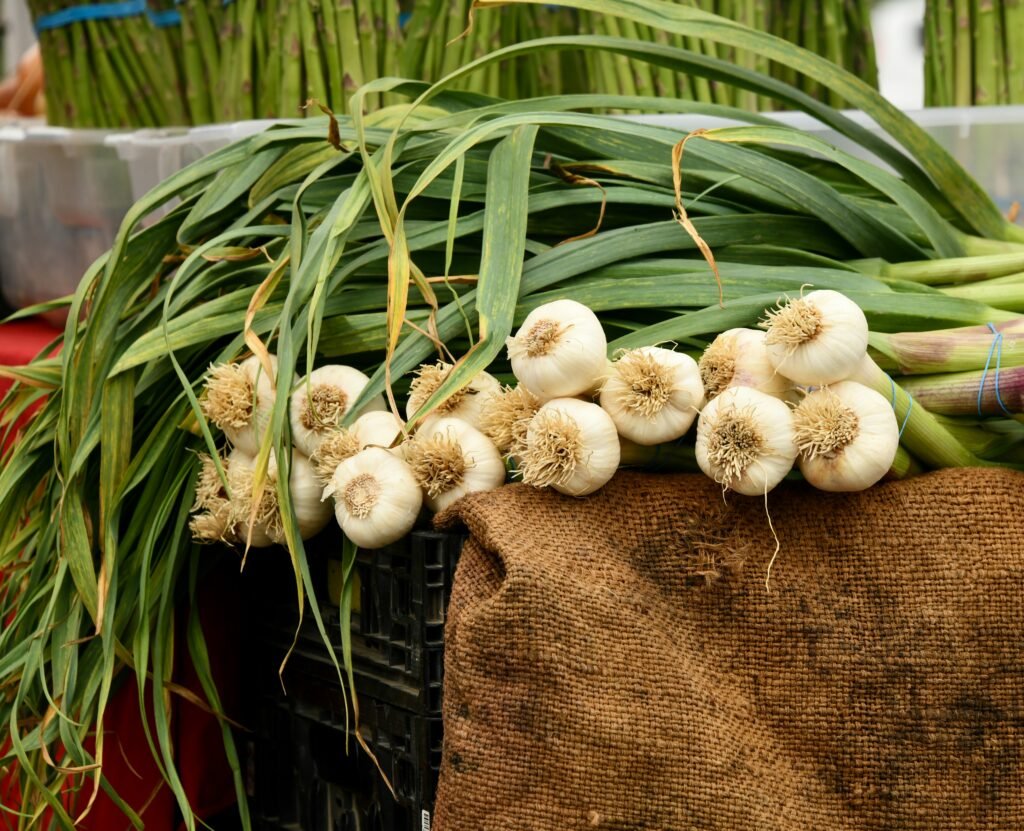
In This Article
Planting garlic might seem difficult to you, but if you have an easy and beautiful guideline, it will feel much easier to you. Compared to other crops, it has felt somewhat easier for me. It takes some time to get the harvest after planting garlic. Depending on your weather and environment, it often takes around 8-9 months to harvest after planting garlic.
When to Plant Garlic
You have decided to plant garlic, but you might wonder when to do it. Planting it at the right time can result in a good yield. If you miss the right time, you might not get a good yield. Garlic is a light winter crop. However, in America, it is planted in the fall. Planting about 3 weeks before the first frost is ideal. If you plant it a bit earlier, you’ll be protected from excessive cold weather.
How to Prepare the Garden for Planting Garlic

To get a good hybrid crop of garlic, you must select a good quality area. Choose a place where it receives sunlight for about 6 to 8 hours a day. The soil for garlic must be well-drained and dry. If you have previously planted garlic in the selected area, it would be much better to choose a new spot. If you decide to plant garlic in the same garden, make sure to remember one thing: garlic should not be planted alongside certain plants like potatoes and onions.
Types of Garlic
There are many varieties of garlic available in the market. Your choice of garlic depends on your weather conditions. Also, you can select a variety based on the type of cuisine you’re preparing, as garlic varieties have different tastes, ranging from mild to spicy.

Softneck Garlic
If your weather ranges from warm to hot, this might be a good option. It can easily adapt to humid climates. You can also plant it indoors if you prefer. It’s a common variety of garlic, and its taste is quite good. You can usually find it at regular grocery stores.
Popular Hardneck Varieties
One of the most popular varieties of garlic is Lorz Italian. Compared to other garlic varieties, it takes a bit less time to mature. It’s popular for its strong flavor, making it ideal for chefs and food enthusiasts. One easy way to identify hardneck garlic is that the bulb tends to be more round compared to softneck garlic. Their popularity is also due to their extra-large cloves.
Elephant Garlic
This variety of garlic takes a bit longer to mature. It requires a long, cool growing season. Once growth begins, it may take around 90 days for the bulbs to mature. However, it can tolerate less cold weather.
How to Plant Garlic
Since you’ve chosen your garlic based on your weather, it’s time to prepare your garlic for planting.
- Take each bulb of garlic and separate the cloves, much like peeling layers of an onion. This way, you’ll have all your garlic cloves ready.
- Choose the largest cloves, as they’ll give you the best yield. You’ll get a better harvest if you select larger cloves.
- Before planting, ensure that the distance between rows is 10-14 inches, with each clove being planted 2 inches deep and 2 to 4 inches apart from each other.
- Make sure that each clove is planted with the pointed end up and the flat end down.Cover the cloves with soil and give them a good watering.
How to Care for Garlic
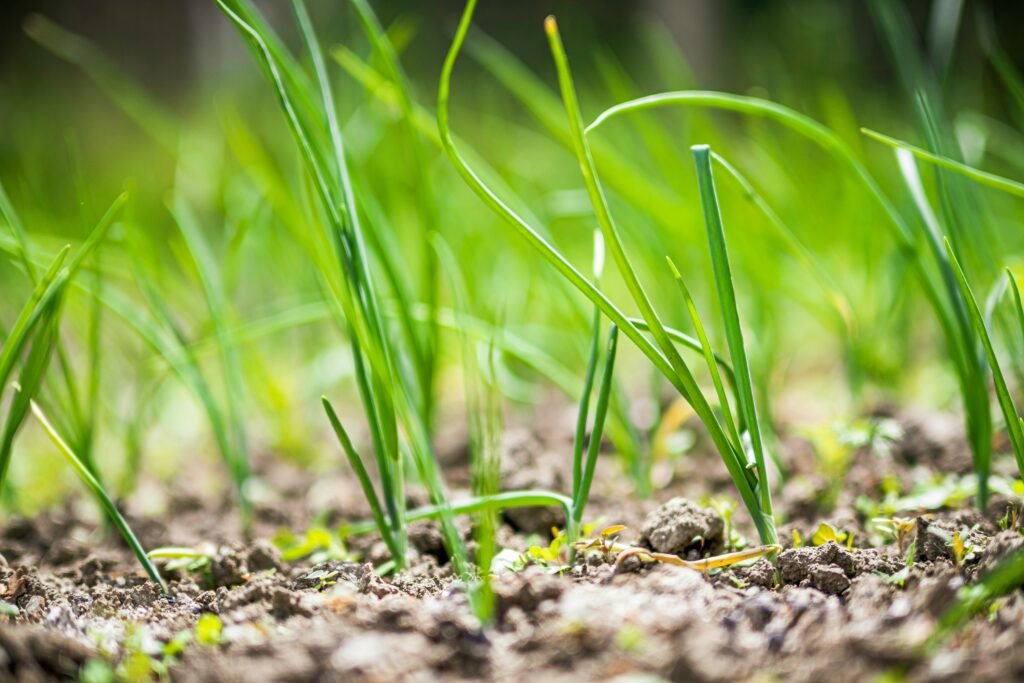
Soil and Water
For garlic, you must choose soil that is both dry and rich in nutrients. Garlic thrives in fertile soil. Ideal pH for garlic soil is between 6.0 to 7.5. Add organic matter and compost regularly to enrich the soil.
Water your garlic every 3 to 5 days. If the soil becomes too dry, water every 10 days, ensuring that the water reaches about 2 feet deep.
Cover
To protect garlic from extreme cold, mulch the garlic bed with straw. This will ensure that your garlic bulbs are protected from severe cold . Remove the mulch once the threat of frost has passed.
Note:
- Always try to keep the planting area free from weeds. Weeds will compete with garlic for nutrients. If there are weeds, garlic might not get the proper nutrients, which can affect its growth.
- To ensure good yields, remove garlic scapes once they start to curl. This allows the plant to put more energy into bulb development.
- As the days lengthen, the bulbs will begin to mature. Harvest them when the leaves start turning yellowish and begin to dry. If you’re uncertain, you can pull out one bulb and check if it’s matured. If it is, you can harvest the rest.
- When lifting the bulbs, handle them carefully to prevent the leaves from breaking off. You can use a digging fork to loosen the soil and gently lift the bulbs.
How to Deal With Garlic Pests and Diseases

When cultivating garlic, your crop may be susceptible to diseases due to various factors such as luck or environmental conditions. There’s nothing to worry about excessively; some common pests and fungal diseases exist.
- Onion thrips: This is a type of insect. Its infestation occurs on the leaves, especially on the underside, causing them to turn pale. When it infests, the leaves exhibit a white speckled appearance, and the bulbs may develop distorted shapes. To counter this, invite beneficial insects.
- Downy Mildew: This is a very common disease in garlic. An easy way to identify it is when your garlic leaves turn somewhat yellowish-gray and appear fuzzy. Eventually, the leaves will wither and die. A simple way to protect against this is by practicing crop rotation and avoiding excessive irrigation.
When to harvest Garlic
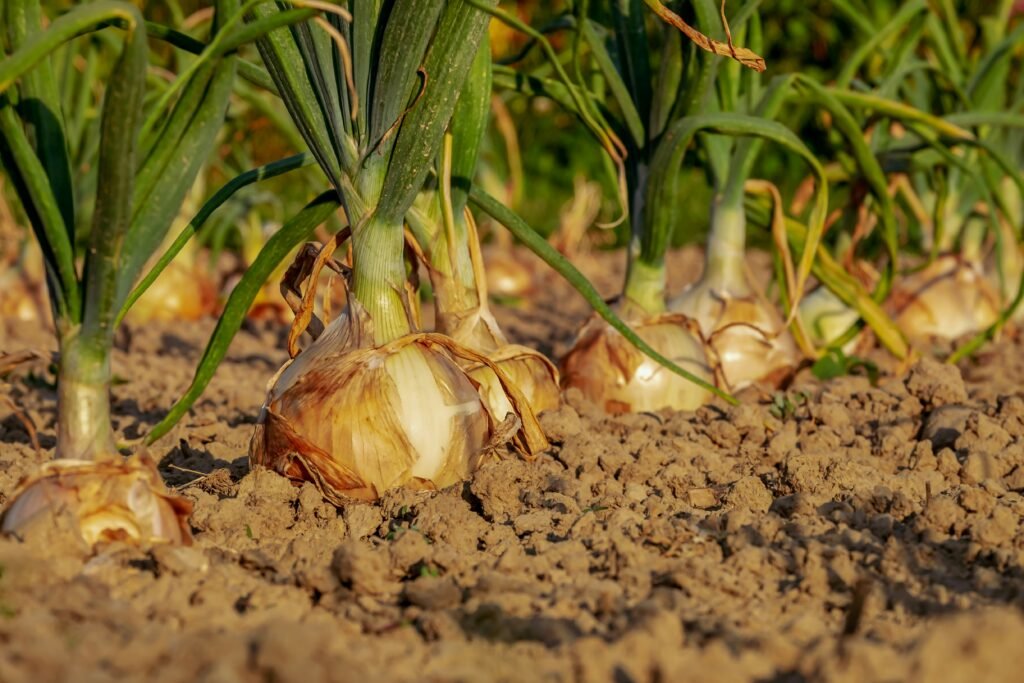
When to harvest garlic is something you should know because harvesting at the right time is crucial to avoid various issues. Let’s see how easily it can be harvested. about Garlic Harvest When their leaves begin to turn yellow and they start to lean towards the ground, it means they are mature.

